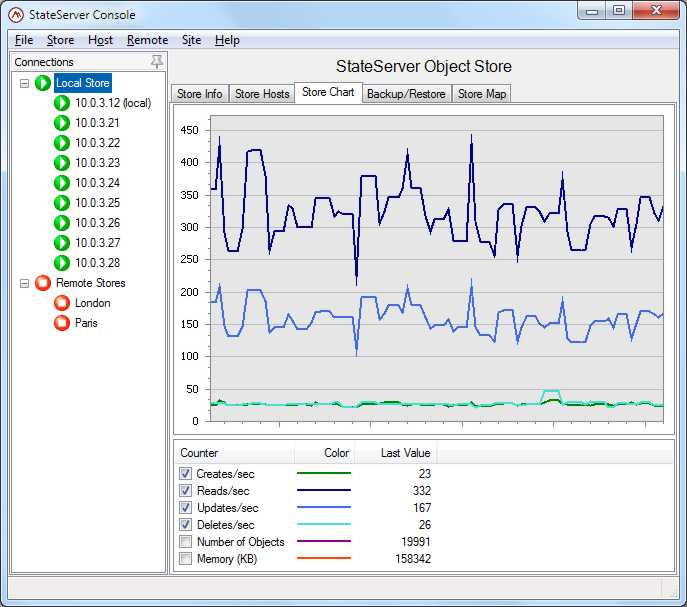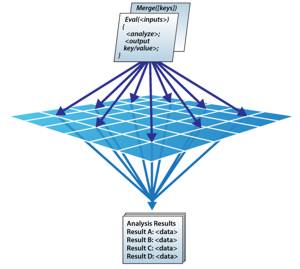| ScaleOut Adds Data-Parallel API |
| Written by Kay Ewbank | |||
| Thursday, 19 January 2017 | |||
|
ScaleOut Software has released a new version of its in-memory data grid with new features for .NET developers and a new API for data-parallel computing. ScaleOut Software's product is middleware that sits between the operating system and application, and can be used to store fast-changing states in memory across a collection of clustered servers to provide scalable access to fast-changing data. It was originally described as offering distributed caching, but the developers now call it an 'in-memory data grid'. The developers are recommending it as a replacement for Windows Server AppFabric, which has been discontinued by Microsoft. AppFabric extended Windows Server to provide enhanced hosting, management, and caching capabilities for Web applications and middle-tier services. Microsoft's recommendation is that applications using AppFabric should move to using Microsoft's version of Redis Cache, but this was developed as a single server in-memory store for data structures, and while it has added clustering in version 3, the ScaleOut developers say their technology is a better AppFabric alternative. ScaleOut supports LINQ querying and C# MapReduce. It has an object browser and extended APIs, and works with public cloud services from Amazon or Microsoft.
The new API in the latest version builds on capabilities in .NET’s Task Parallel Library. The API is called Distributed ForEach and the developers say it extends data-parallel computing across ScaleOut’s IMDG to handle much larger workloads than otherwise possible. They say it also makes distributed, data-parallel programming easy to implement for any developer familiar with the .NET programming framework. If you know how to use the Parallel.ForEach operator in .NET, you can use it within ScaleOut IMDG to handle very large workloads using the same coding techniques.
Alongside the Distributed ForEach, version 5.5 adds several other new features. New asynchronous API methods mean developers can improve performance on multicore systems. There's a preview of distributed push-based notifications that adds operators that are compatible with the ReactiveX library. This means applications can distribute notifications acrossScaleOut’s IMDG and integrated compute engine to improve the throughput of real-time event processing. Other improvements include support for .NET’s PowerShell scripts to deploy and manage ScaleOut’s IMDG. Support has also been added for ISO 19770-2 software tagging (SWID) on Windows to provide accurate software identification data.
More InformationRelated ArticlesMicrosoft Expands Redis Support
To be informed about new articles on I Programmer, sign up for our weekly newsletter, subscribe to the RSS feed and follow us on Twitter, Facebook or Linkedin.
Comments
or email your comment to: comments@i-programmer.info |
|||
| Last Updated ( Thursday, 19 January 2017 ) |





